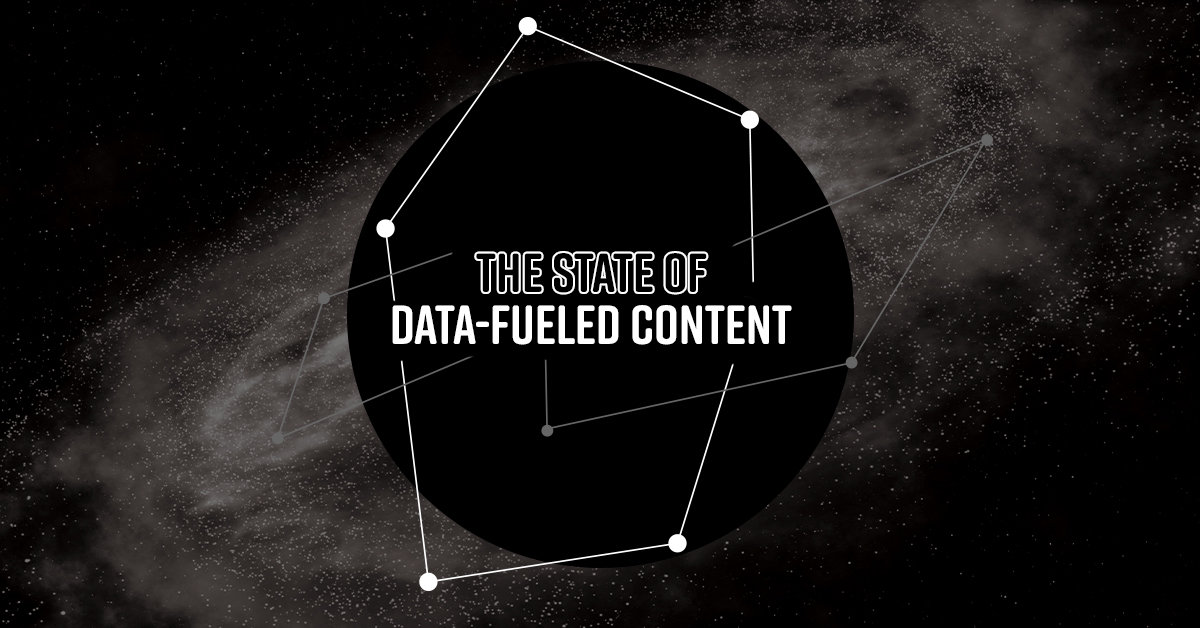
Today, we have increasingly sophisticated tools for measuring digital advertising results. We can measure formerly hazy metrics like intent and awareness, and track sales back to something so seemingly trivial as a video view.
It’s easier than ever to test and optimise our digital campaigns. In a survey of 105 business leaders in New Zealand by krunch. co, a digital consultancy based in Auckland, 89 percent of respondents said they feel they have access to the quality of data they need to get the most out of their media budget, and 37 percent expect to invest more in data attribution and measurement in the next year.
And yet there seems to be a gap in how we actually use that data – especially when it comes to creative in advertising and marketing.
A majority (37 percent) of respondents to the survey said that less than 25 percent of their campaigns feature creative informed by data. Only 9 percent of respondents said that 75 percent or more of their campaigns have this sort of data-fueled content.
Still, a whopping majority – 85 percent of respondents – believe data enhances creative in advertising and marketing.

So how do we reconcile this gap in what marketers know in their hearts and what they’re actually doing in their day to day strategy?
It’s about finding simple ways to start infusing what you know about your customer into the ways that you speak to them.
“When most people think about data, it seems sterile, but really, it allows you to create a more intimate conversation with your audience,” says Robert Moritz, Head of Content at krunch.co. “It’s the difference between talking at a consumer about what you want to sell or say, and having a conversation with them about what they’re interested in.”

Using data to fuel creative concepts doesn’t have to be complicated. In fact, starting small, with A/B testing or basic profile data personalisation across campaigns, is more than most businesses are doing.
Only 6 percent of respondents to the survey said that more than three quarters of their marketing activity incorporates A/B creative testing, and only 7 percent said more than three quarters of their campaigns feature personalisation beyond a person’s name.
Glen McMillan, krunch.co’s Head of Marketing Automation, believes the reason for these low numbers is likely more to do with the complexity of data within most organisations than any lack of desire or interest.
He says an often challenging first step is to create a single customer view – that is, creating a holistic profile of the customer within the organisation. Many large businesses, especially those that have grown through acquisition, hold data on the same customer in multiple, disconnected places. Consolidating these is a fundamental first step.
“There are degrees of personalisation, and they follow a maturity curve,” McMillan says. “First you have to get the data right. A single customer view is a fundamental first step, but that’s often very challenging for the large enterprise.”

Once you have a single customer view, and you have it integrated within your channels, you can start to leverage profile and behavioural information to drive more relevant and timely messaging across channels.
You can start to map out the customer journey, which will allow you to understand customer needs. From there, you’ll come armed with an understanding of where your audience might be in a place or time, how they might feel in that place or state, and what sort of messaging will best resonate with them there.
“Don’t start with the data, and then wonder how you’re going to use it to personalise your content,” Moritz says. “It’s better to think about the messaging you want to achieve, what types of things you might want to say to your audience, and then strategically and intentionally collect the data that would enable those types of messages to happen.”
krunch.co is a digital marketing consultancy that combines data, technology and content to help New Zealand businesses thrive in the increasingly complex digital world.
To find out more, visit krunch.co/march



